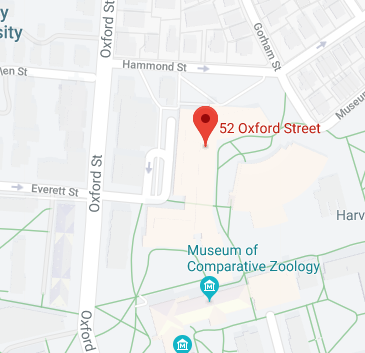Date:
Location:
Abstract:
The age of extant bacterial diversity and the planetary biosphere is an important astrobiological question, but remains poorly constrained by the paleontological and geochemical records. The oldest diagnostic microfossils are only ~2 Ga, providing a younger-bound on major diversifications of Cyanobacteria, but not actively constraining deeper divergences in the bacterial Tree of Life. Unambiguously biogenic stromatolites date back to ~3.4 Ga, and can provide a younger-bound on bacterial diversifications, even if not diagnostic for any particular group. Carbon isotopic evidence reaching back to 4.1 Ga hints at the presence of life and possibly a biosphere, but this evidence is disputed and, in any case, not diagnostic for any specific microbial group or metabolism, and thus cannot be used as a constraint on the diversification of extant life. Planetary hypotheses such as "impact frustration" caused by the Late Heavy Bombardment (LHB) have previously been used to impose an older-bound on life's diversification at ~3.8 - 4.0 Ga; however, re-evaluation of lunar evidence has called this cataclysm into question, and modeling suggests that such an increased impact flux did not necessarily have a sterilizing effect on early biospheres. Phylogenomics-based approaches using molecular clocks have previously been limited by these weak and/or problematic constraints, resulting in widely varying ages for crown group bacteria. Our recent molecular clock and phylogenomics work shows that horizontal gene transfers between bacterial phyla actively constrain these age estimates, providing more precise ages even in the absence of specific planetary hypotheses such as the LHB. We show that major bacterial groups likely diversified between 3.75 and 3.55 Ga, with the last common ancestor of extant Bacteria likely existing shortly after 3.8 Ga. These ages are consistent with the proposed LHB "impact bottleneck" hypothesis, wherein bacteria and archaea represent survivors of early Archean cataclysms that extinguished most primordial biodiversity. Future work extending this methodology to archaeal diversity can potentially provide an independent test of the impact bottleneck scenario.
